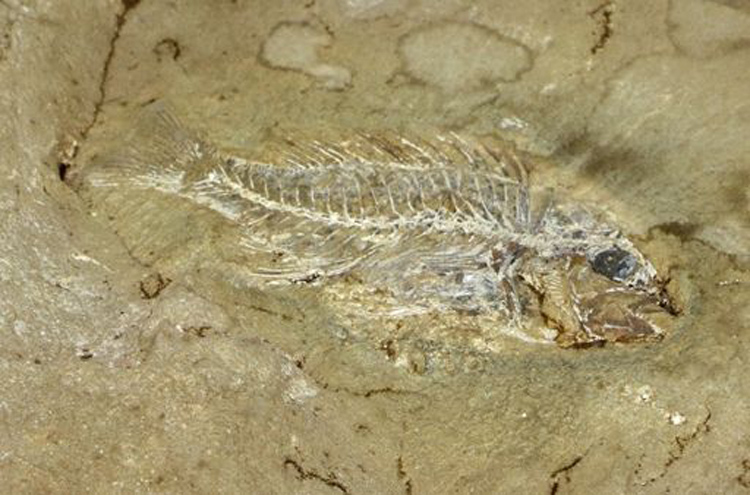Researchers in Holguín carry out study on fossil fish
- Written by Yasmany Ceballos Izquierdo
- Published in Holguin
- Hits: 1067

Recent research published in the Cuban scientific journal Poeyana has shed light on two ancient fossil fish, which swam in the waters of the region about 50 to 40 million years ago.
These fish are found in Holguín and their state of conservation has aroused the curiosity of journalists and paleontology experts. However, only recently a duo of researchers decided to delve deeper into the study of these fossils.
The exact location of the discovery was initially a mystery, due to the possibility that several places with the same name existed.
The key to solving the enigma was found in an article published in the local newspaper ¡ahora! on November 21, 1965, titled "In search of the petrified fish."
Thanks to the note that reported the discovery, it was possible to establish that the fossils were discovered in a quarry near Loma Pimienta, in the foothills of the Sierra Maestra. Later, they were incorporated into the collection of the Natural History Museum of Holguín.
"The ichthyo fauna of the Caribbean Cenozoic is mainly characterized by the presence of fossils of sharks and rays, which generally tend to be younger. However, these fish from the Holguín museum represent an notable exception, belonging to a period in which the Vertebrate findings in Cuba are especially rare," said Yasmany Ceballos Izquierdo, one of the study's authors.
"The extraordinary preservation of these fossils offers a unique opportunity to study and approximate their classification," declared Johanset Orihuela, leader of the research.
“These two specimens are the oldest known members of their respective families in the Antillean region, and contribute significantly to the understanding of Eocene marine vertebrates and the aquatic ecosystems of the Caribbean,” Orihuela concluded.
